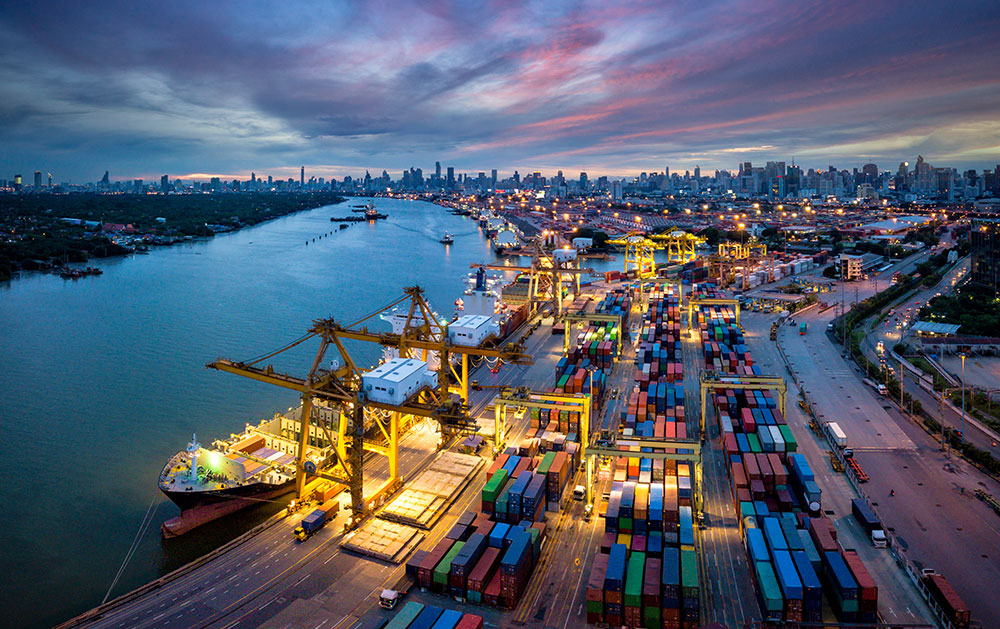4 Ways international freight delivery will be different in 2021 with surging rates, higher demand, customization and technology integration.

International freight delivery services, among other sectors, were badly hit by the COVID-19 pandemic. It was as if the world took a virtual standstill, crippling overseas and even domestic freight services.
The 2020 pandemic has long-term effects on the delivery service industry. Fortunately, it has slowly been rebounding, although not in the same rate pre-pandemic.
Once again, as countries around the world start to anticipate the arrival of COVD-19 vaccines from their manufacturing countries, the test of international freight forwarding services will be put to the test, especially since these vials require ultra-low temperatures.
COVID-19 vaccines aside, the demand for international freight deliveries continues to rise as economies are recovering. The surging demand will likely stay for the most part of 2021, driving freight companies to innovate and embrace technology in order to withstand the pressure.
This 2021, shipping services are unable to meet demands, causing unprecedented shipping cost surges, particularly in the US and some European countries.
A businessman interviewed by Bloomberg said that containers meant to be sent across the Pacific cost as high as $13,000 pre-Chinese New Year, more than six times the amount it would’ve been charged a few months ago.
Additionally, if the bottlenecks aren’t addressed in a more efficient manner, port congestion, and delayed delivery times can be the norm for 2021.
Surging rates isn’t only applicable to ocean freight. Air and trucking delivery services, too, show an uptick in volume and demand. This is likely because importers who don’t need to send high volumes of items prefer to use air freight to deliver their products internationally. Unfortunately, they’re competing with manufacturers who need to send personal protective equipment (PPE), masks, and face shields, driving the demand, too.
This also increases the demand for truck freights as traders scramble to have their warehouses filled regularly to keep up with the constant high demand for various products.
These factors make supply chain management more challenging in 2021.
In order to thrive, continue to earn revenues, and adjust to the changing times, freight services providers have started offering end-to-end logistics solutions and other value-added services. This means that customers can have peace of mind knowing that they booked a service that provides them with effective services from the beginning to the end of a delivery or a supply chain. In more concrete terms, it may be referred to as the integration of various freight services (air, sea, and land) from the country of origin to the actual destination or end-user.
Overall, these offerings may lead to better services, although it’s a fairly new system and few companies are still trying to adjust loose ends in this novel offering.
Although some delivery companies have been implementing tracking services, the complexities of ocean freight have partly delayed the roll-out of technologies involved in some advanced systems. This may not be the case in 2021.
Global logistics may have shown a decline in demand due to COVID-19 pandemic in 2020. But this year, as businesses continue to return and adjust to the new normal, freight carriers are seeing a surge in demand.
Aside from simply meeting the number of containers needed to hold international shipments, delivery companies are expected to provide a wide and complete range of services, as well as integrate technologies to provide a better customer experience and increased revenues.

Ronald Reed is a full-time blogger who creates and publishes business-related topics online. Ronald also collaborates with other bloggers and submit guest posts to extend his reach.
In this episode, I sat down with Beejan Giga, Director | Partner and Caleb Emerson, Senior Results Manager at Carpedia International. We discussed the insights behind their recent Industry Today article, “Thinking Three Moves Ahead” and together we explored how manufacturers can plan more strategically, align with their suppliers, and build the operational discipline needed to support intentional, sustainable growth. It was a conversation packed with practical perspectives on navigating a fast-changing industry landscape.